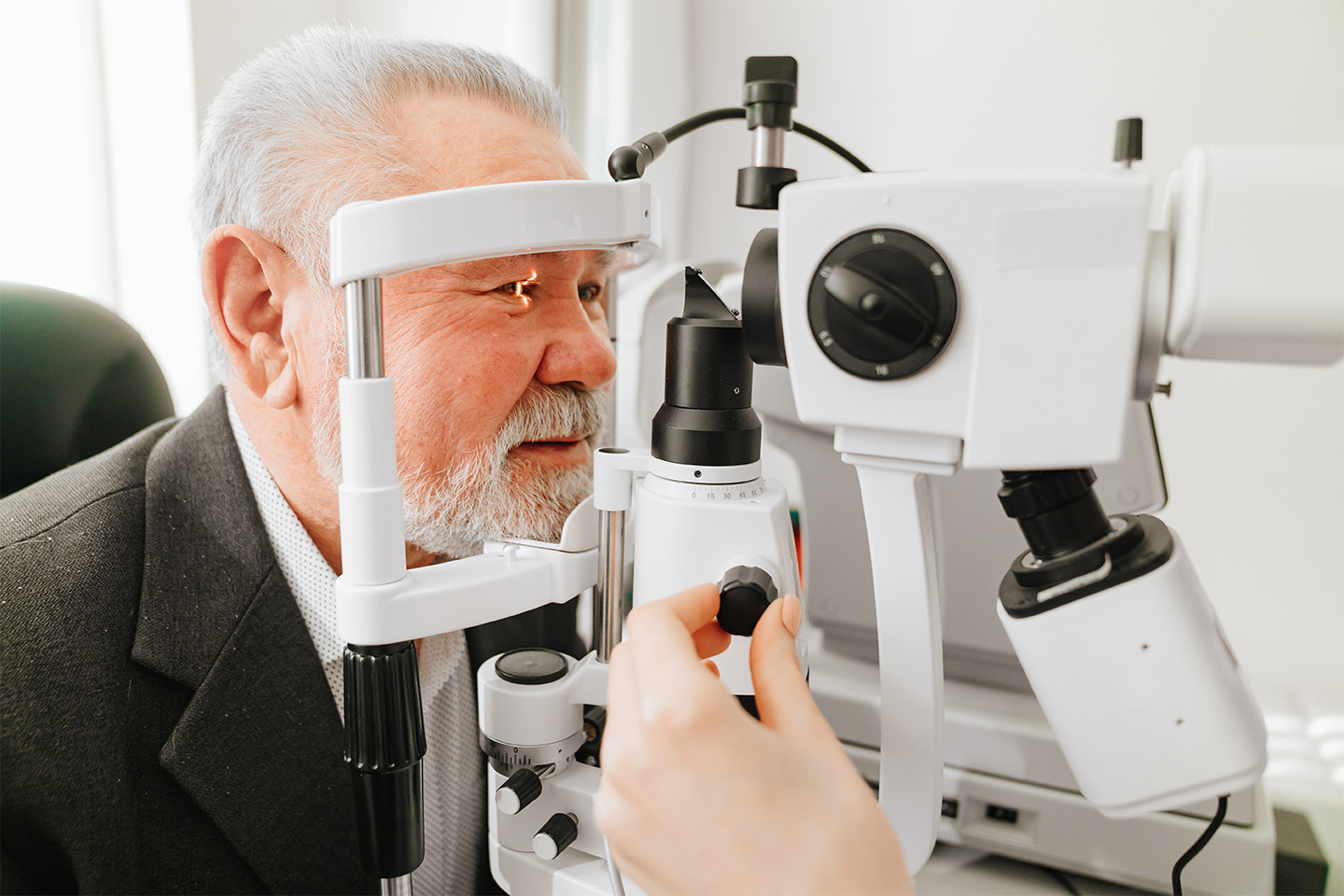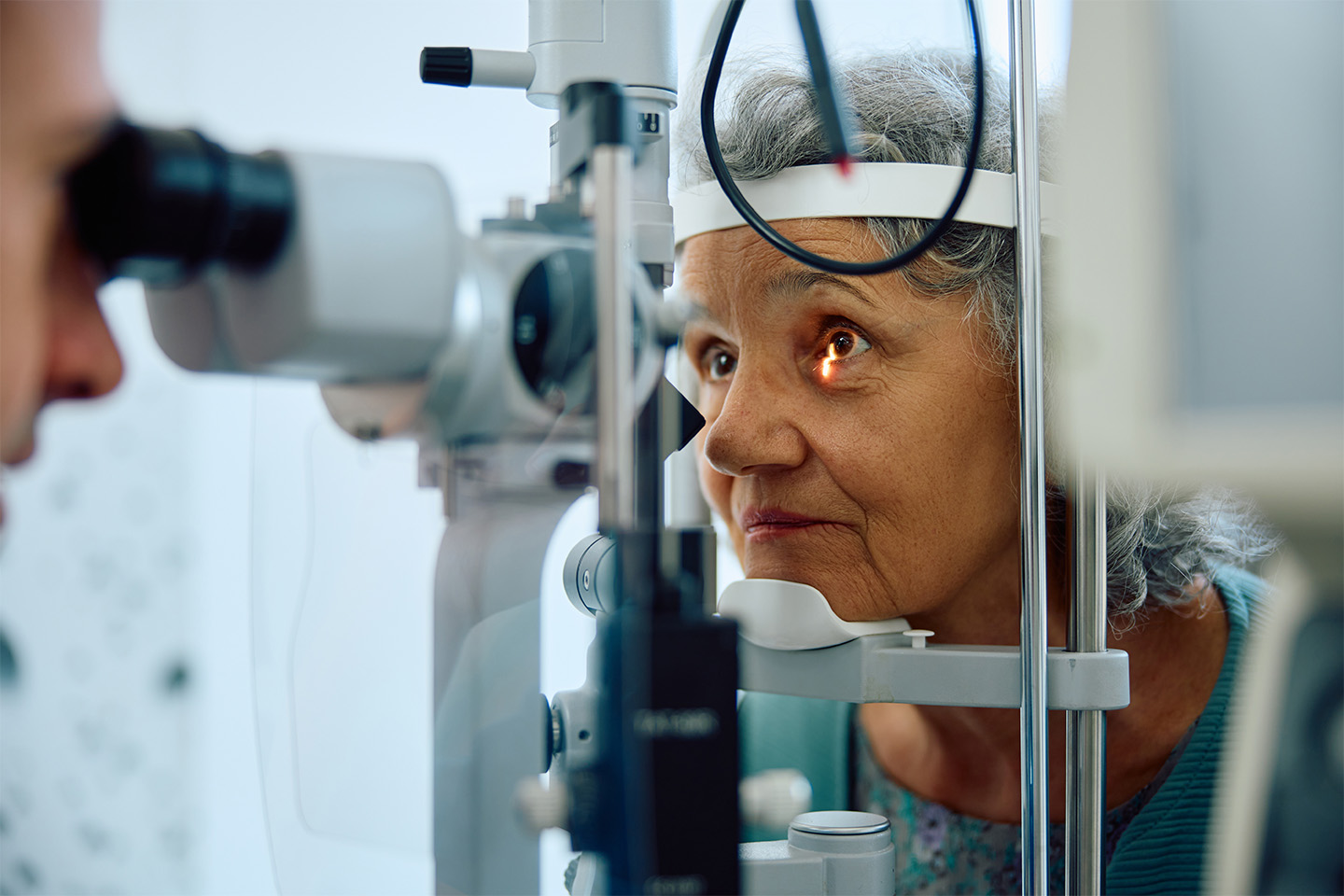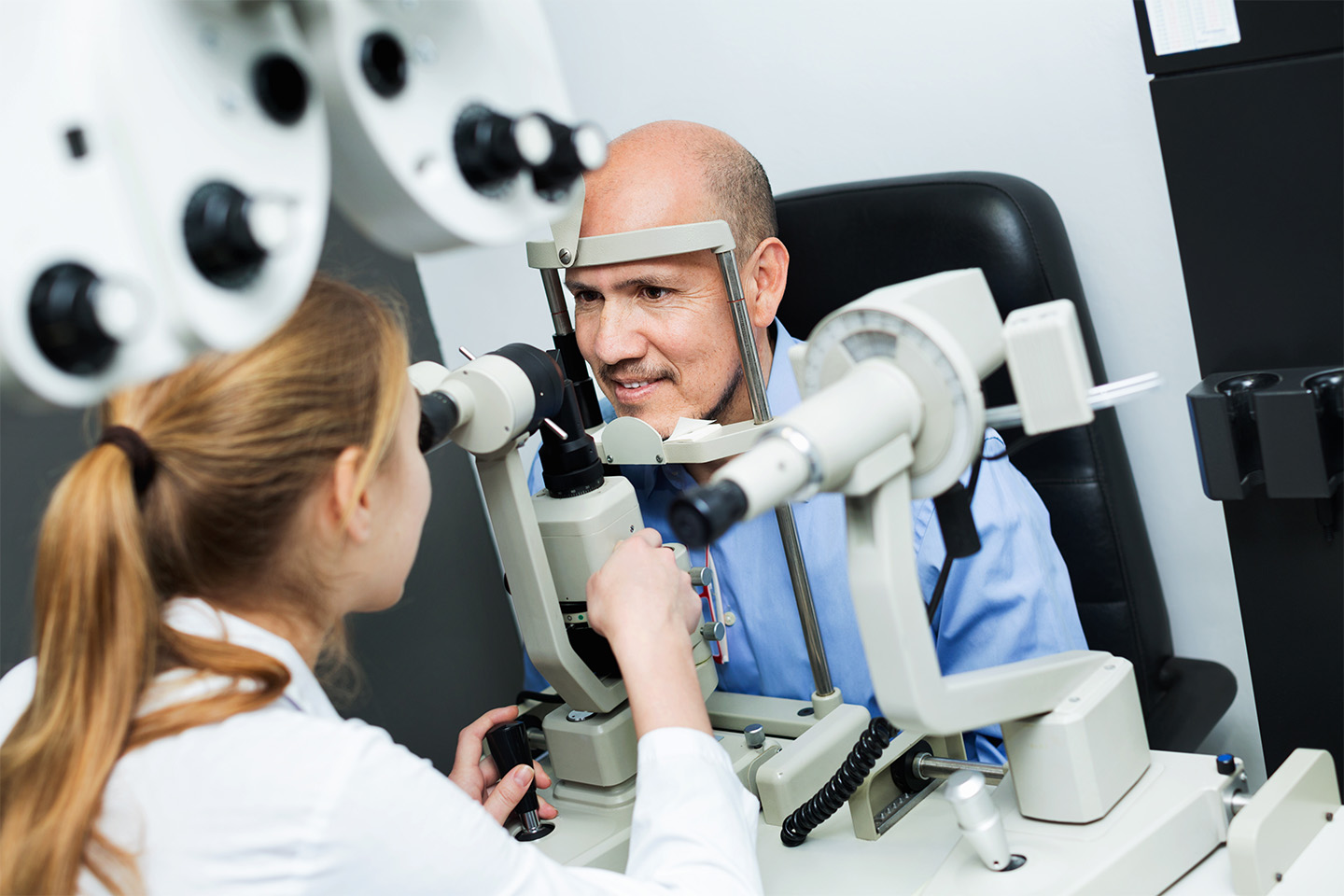Is Clear Lens Exchange (CLE) Right for You?

Patients who have been told they’re poor candidates for LASIK vision correction surgery may believe they have no other options to improve their vision. That’s not true. These patients don’t have to live with poor eyesight because there’s a safe and effective vision corrective alternative: clear lens exchange (CLE).
Though LASIK and CLE are quite different, their outcomes are the same: improved eyesight that minimizes the need for glasses or contact lenses. Both procedures are performed on an outpatient basis and typically take no more than 30 minutes. Most patients are able to resume normal activities within a week.
CLE (also known as refractive lens exchange) is similar to cataract surgery in that it involves the lens of the eye being removed and replaced with an artificial intraocular lens (IOL). In the case of CLE, however, the lens being cut away is a clear lens, not one clouded by cataracts.
An eyecare specialist will be able to evaluate which procedure would work better for you, but there are some general guidelines for determining who is best-suited for CLE.
Are You a Good Candidate?
In most cases, good candidates for CLE are 40 or older and have a severe case of presbyopia, an age-related vision disorder that hardens the lens of the eye, making it difficult to see objects up close. To correct this condition, people typically wear reading glasses, bifocal or progressive lenses, or multifocal or monovision contact lenses. LASIK surgery cannot fix the refractive error that causes presbyopia, making CLE the ideal choice.
CLE is also an option for people with moderate to severe hyperopia, or farsightedness. Like with presbyopia, individuals with hyperopia cannot see nearby items clearly, but have sharp vision at greater distances. Individuals with thin or irregular corneas can benefit more from CLE than LASIK, as well, and CLE is the preferred method of vision correction for patients with early-stage cataracts who wish to enhance their vision.
Conversely, CLE is not recommended for people with myopia, or nearsightedness. Myopia increases the chance of retinal detachment during CLE, so LASIK or another refractive correction operation is the better option for these patients.
What to Expect After CLE
Immediately following CLE, patients may experience blurry vision and a scratchy feeling in their eye. They might also see halos or glare around objects. These symptoms diminish as the eye heals.
Patients can usually resume driving about a week after surgery, but they should ask their eyecare specialist for permission before getting behind the wheel. Full restoration of vision can be expected after several weeks, after which there’s little chance of a patient’s visual acuity regressing.
The IOL used in the procedure is permanent, and therefore will not need to be replaced during the patient’s lifetime. As with any surgery, CLE comes with certain risks, including a dislocated IOL, infection, increased eye pressure, and a droopy eyelid. Your eyecare specialist will explain these rare occurrences prior to your procedure.
Also prior to your procedure, your specialist will help you decide which IOL to implant. Some types of IOLs provide clear eyesight at all distances, while others offer sharper perception of faraway objects. In the latter case, the patient may still need to wear reading glasses after the procedure. The IOL you select should match your preferences and lifestyle.
If you’d like to know more about CLE or LASIK, speak to one of the eyecare specialists at ICON Eyecare. After a thorough examination of your eyes, we’ll recommend a customized treatment plan to restore your vision and improve your life. Contact us today for an appointment.
Request An Appointment.
Give us a phone call at (970) 256-0400 Monday – Friday, 8am-5pm to schedule a consultation.










 (970) 256-0400
(970) 256-0400